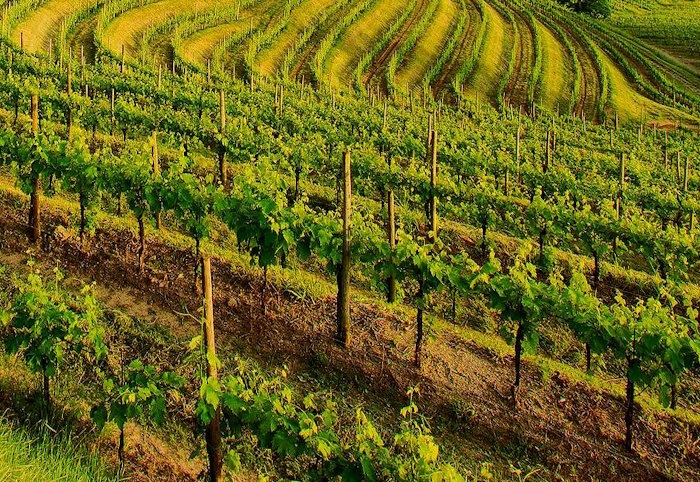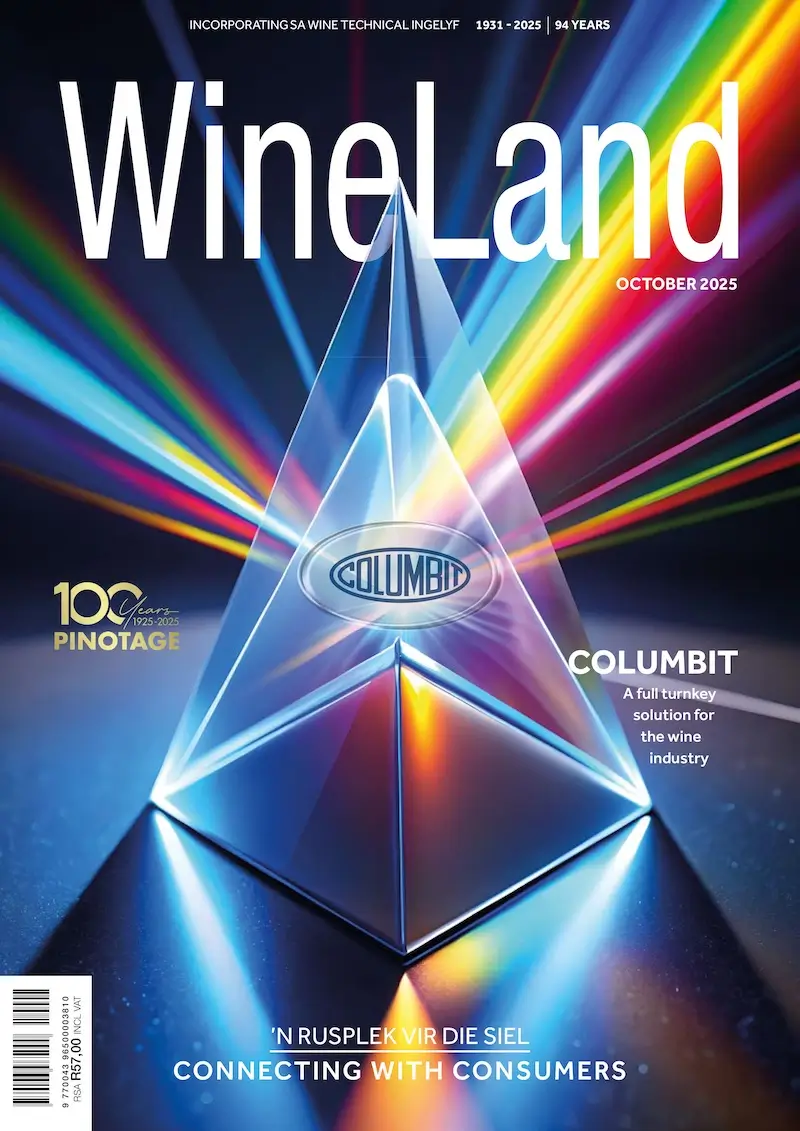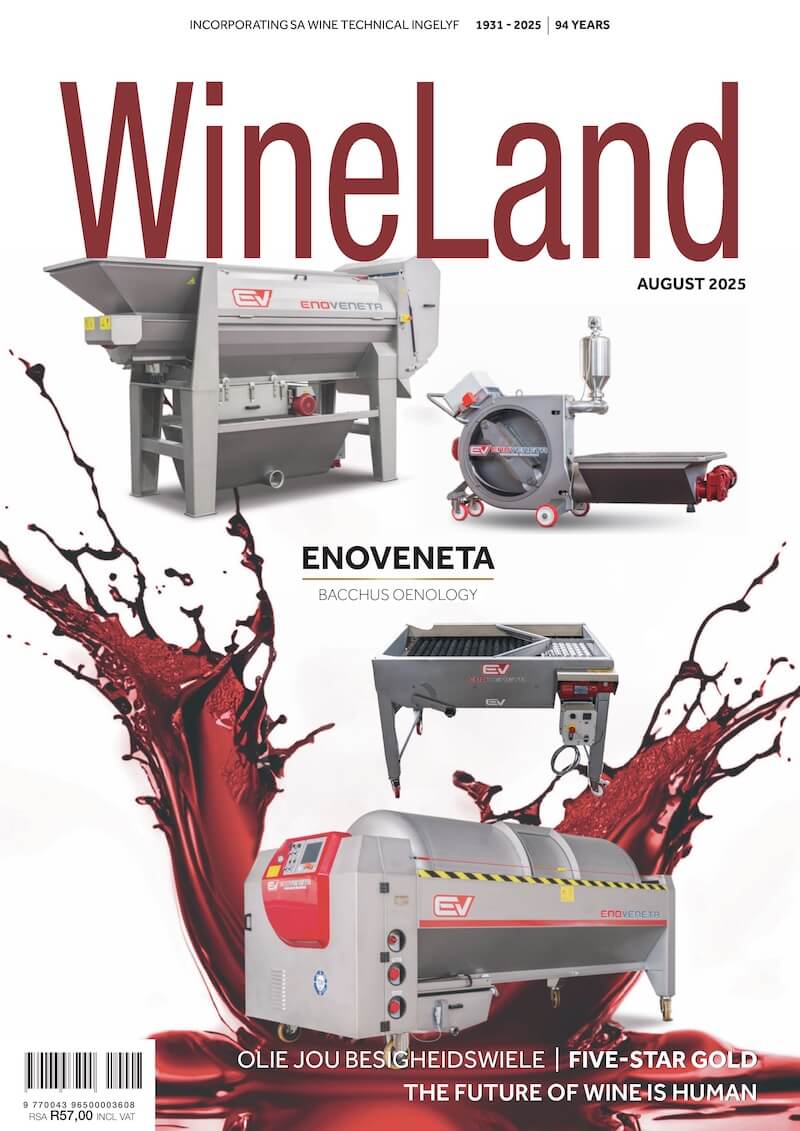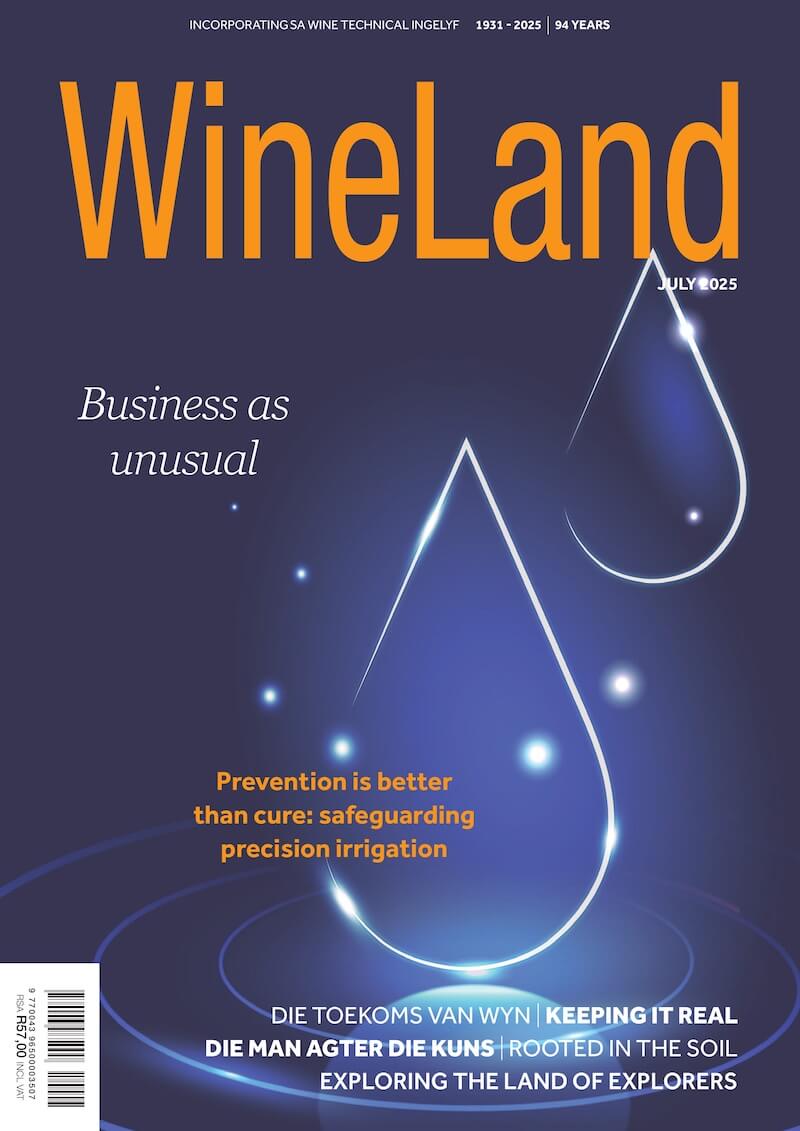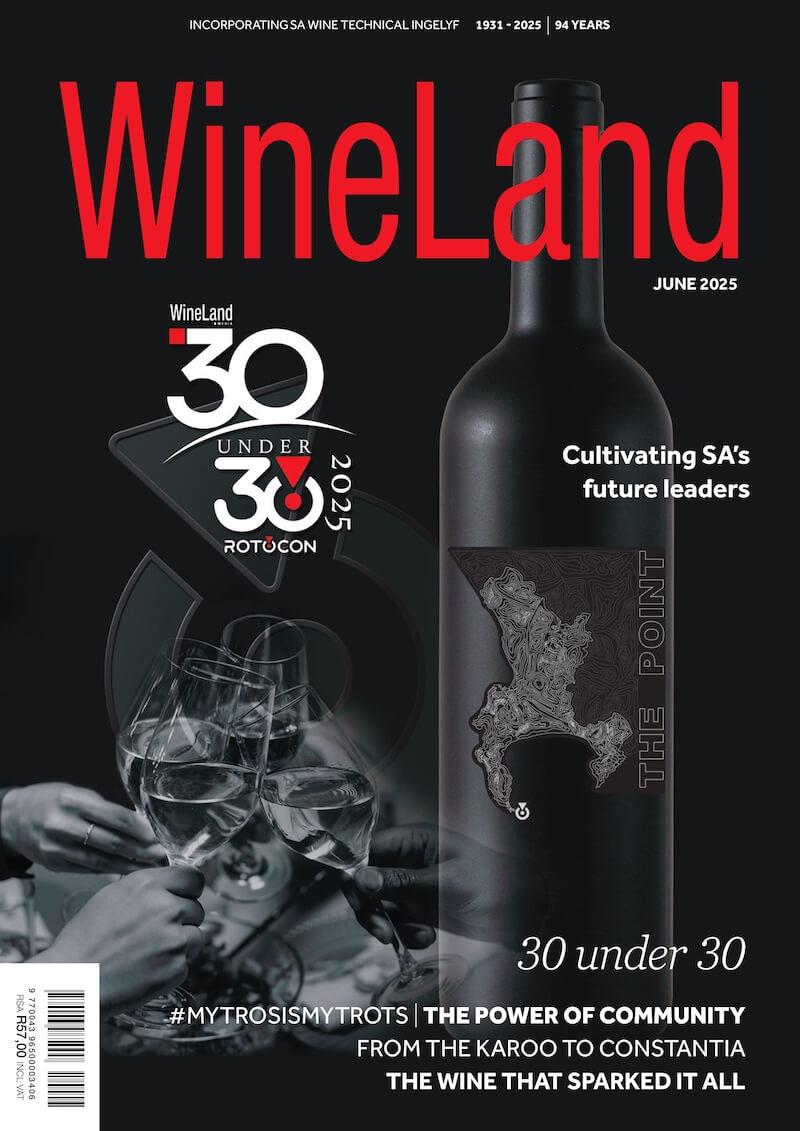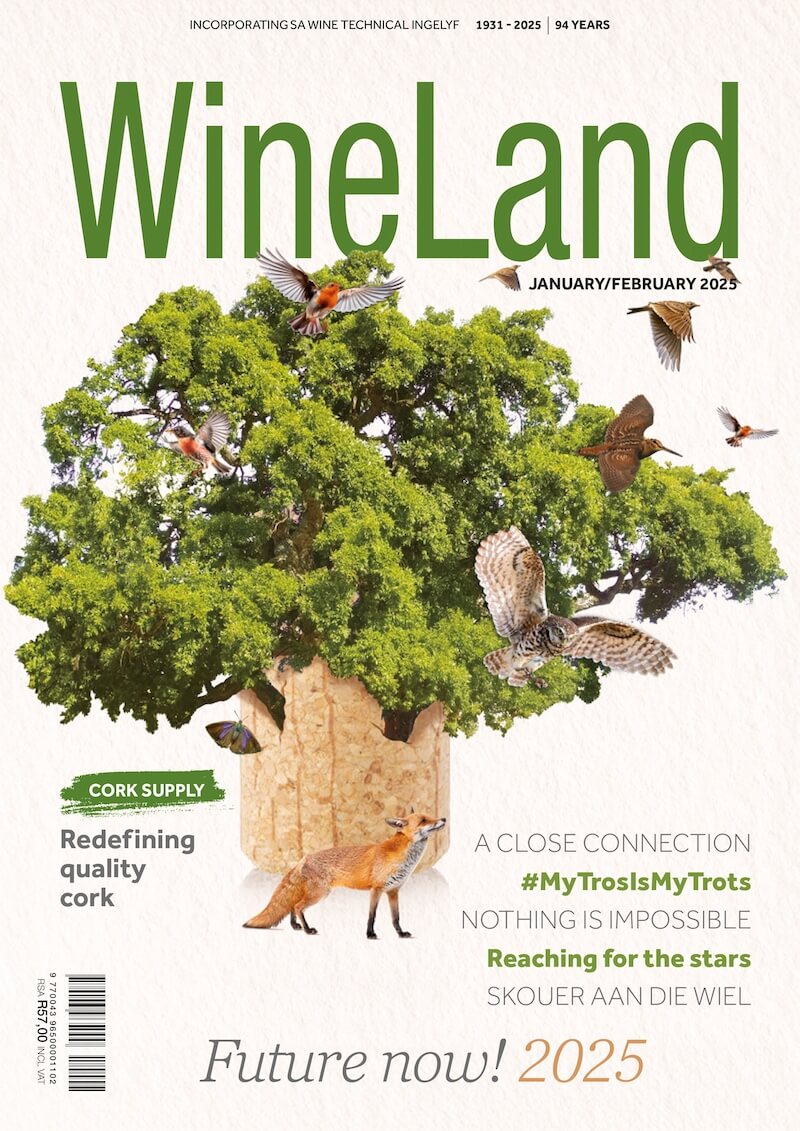Organic soil amendments, biostimulants and biological control agents
This article is based on a recently published scientific review article. In the review article, the question was: ‘What science exists to support the efficacy of practices used in regenerative viticulture systems or approaches?’.
Article reference: O’Brien, F., Nesbitt, A., Sykes, R. & Kemp, B., 2025. Regenerative viticulture and climate change resilience. OENO One 59(1). https://doi.org/10.20870/oeno-one.2025.59.1.8089
What is regenerative viticulture?
In recent years, regenerative viticulture (RV) has become a hot topic in the world of viticulture and winemaking. Unlike more well-established ecosystem development approaches such as agroforestry or rewilding, RV doesn’t yet have a legal or standardised definition. Still, it’s gaining popularity as a vineyard management approach focused on healing the land, not just sustaining it.
At its core, regenerative viticulture involves a suite of practices designed to improve soil and ecosystem health, increase vine resilience, support biodiversity, and help mitigate climate change – all without compromising grape yield or wine quality. Importantly, RV is not just about swapping conventional inputs for organic ones. It’s a whole-systems approach to farming that rethinks how vineyards interact with their environment. Figure 1 summarises the principal goals of regenerative viticulture, the practices employed to achieve them and their potential impacts.

FIGURE 1. The principal goals of regenerative viticulture, the practices employed to achieve them and their potential impacts. (Extracted from O’Brien, F., Nesbitt, A., Sykes, R. & Kemp, B., 2025. Regenerative viticulture and climate change resilience. OENO One 59(1), as allowed by the following Creative Commons licence: https://creativecommons.org/licenses/by/4.0/.
Introduction – a scientific look at regenerative practices
This article is based on a recently published scientific review article that evaluated the scientific evidence supporting RV practices. The review examined individual yet interconnected vineyard strategies and assessed how well they contribute to the main aims of regenerative viticulture as highlighted in Figure 1.
Specifically, it explored five key practices:
- Organic soil amendments (like compost and biochar).
- Biological stimulants and control agents.
- Cover cropping.
- Alternative weed management.
- Functional biodiversity enhancement (including livestock integration).
Where information was available, the review also considered how these practices affect vine performance, grape yield, and even wine quality. The goal? To understand what we know so far – and where we need more research.
Practice: Reviving the soil – compost, biochar and organic amendments
One of RV’s top priorities is reducing reliance on synthetic fertilisers. These fertilisers are not only linked to greenhouse gas emissions, but can also degrade soil health over time. Organic amendments like compost and biochar, on the other hand, offer a more sustainable alternative.
These materials do more than feed the vines – they help suppress weeds, improve soil structure, retain moisture, and boost soil microbial life. All of these effects are critical for creating vineyards that are resilient to climate extremes and capable of long-term productivity.
Figure 2 illustrates the soil carbon cycle and the potential impacts of vineyard management practices.

FIGURE 2. The soil carbon cycle and the potential impacts of vineyard management practices. (Extracted from O’Brien, F., Nesbitt, A., Sykes, R. & Kemp, B., 2025. Regenerative viticulture and climate change resilience. OENO One 59(1), as allowed by the following Creative Commons licence: https://creativecommons.org/licenses/by/4.0/.
The heart of the matter – soil health and the microbiome
Healthy soil is at the heart of regenerative farming. Scientists define “soil health” as the ability of soil to support ecosystem functions – everything from nutrient cycling and carbon storage to water regulation and plant health.
Microbes play a starring role in all this. They help build soil organic matter and cycle nutrients, and they also form part of the grapevine’s own microbiome. In fact, studies show that the microbial communities in vineyard soil can influence grape chemistry, and even the aroma profile of the wine itself, including the compound rotundone in Shiraz grapes.
RV practices such as composting, biochar application and cover cropping all impact the soil microbiome, but results can vary depending on soil type and local climate. More research is needed to fully understand how these microbial changes translate into wine quality.
Composting done right – what the research shows
Organic matter often used in vineyards includes biochar, compost, manure, vine pruning cuttings and winery waste. The intention of using these materials is to improve soil nutrient status, organic matter, carbon content and water management.
Repeated applications of compost or manure – especially at rates above 4 tons per hectare per year over five or more years – have been shown to significantly increase soil nutrients (especially nitrogen, phosphorus and potassium), organic matter and microbial biomass. But how you compost matters. For instance, simply spreading unprocessed vine pruning cuttings had minimal effect on soil carbon or nutrients in one long-term, 13-year Australian study. However, turning those pruning cuttings into compost or biochar made a big difference.
A study in Spain showed that the application of composted manure enhances aggregate stability and soil structure, resulting in better soil water infiltration and water holding capacity. One Italian study found that applying biochar boosted the vines’ ability to retain water – an increasingly vital trait in the face of heat or drought events.
Still, not all results are positive. A trial in Turkey found that a mix of pumice, straw and manure actually reduced soil moisture. The result could be due to the short duration of the trial (two years), specific properties of the soil, vineyard, or climatic reasons. This highlights the need to adapt practices to local conditions.
Vine performance and wine quality – compost’s impact
Because compost improves soil health, it often leads to stronger vines and bigger yields. In some cases, it can also affect juice analysis. For example, Turkish researchers found that a combination of manure and pruning cuttings significantly increased grape yields, bunch weight, and improved several juice quality metrics after just two years.
But more isn’t always better. Some compost treatments led to higher vine growth and increased yields, but a reduction in desirable wine compounds like anthocyanins and flavonoids. This suggests the extra nutrients were diverted to roots instead of grapes. Similarly, overuse of nitrogen-rich amendments can lead to overly vigorous vines, while having a negative impact on juice quality parameters such as increased malic acid, fewer anthocyanins, or too much potassium in musts, which is detrimental to wine quality.
Careful monitoring is essential. The effects of compost depend on a number of factors, such as compost composition, climate, soil type and soil properties. Growers should track soil and vine nutrient levels throughout the season and adjust practices to avoid negative effects on grape quality or the environment.
Soil carbon sequestration and greenhouse gas trade-offs
A major promise of regenerative viticulture is its potential to sequester carbon and help combat climate change. Compared to annual crops, vineyards are already better at locking in carbon, and RV practices like no tillage, composting and cover cropping that build soil organic matter enhance this ability further.
However, applying organic materials also releases greenhouse gases – especially nitrogen-based ones like nitrous oxide. One Spanish study found an increase in CO2 and a 400% spike in N₂O emissions shortly after compost application, though levels returned to normal within weeks.
Other research in California found no significant impact on emissions, grape yield or cover crop biomass. However, the study only lasted two years and may have lacked the sensitivity to detect longer-term effects. The jury is still out on the precise climate trade-offs of these practices.
The road ahead – what we still need to know
There is still a lot to learn about the application of organic soil amendments. Future research should include long-term studies that focus on:
- Interactions between compost type, soil, rootstock and scion, in various climates.
- Application rates and timing thereof.
- Nutrient dynamics, grape composition, and greenhouse gas emissions.
- Impact on carbohydrates (starch and soluble sugars) in vines during dormancy.
- Whether organic amendments to soil can reduce the need for other inputs like foliar sprays.
Practice: Harnessing biostimulants and biological control agents
Disease pressure and pest outbreaks are expected to rise in the face of climate change. In the pursuit of a more sustainable and ecologically integrated approach to wine growing, RV has embraced the use of biostimulants and biological control agents (BCAs) as natural alternatives to synthetic fertilisers, pesticides and fungicides.
Biostimulants are formulations containing natural substances or microorganisms that have the ability to enhance a plant’s ability to absorb nutrients, resist environmental stress, and improve yield and fruit quality. Meanwhile, BCAs are beneficial organisms – such as bacteria, fungi, or insects – that either directly attack pests and pathogens or help activate the plant’s own defence systems. BCAs can help to reduce dependence on synthetic fungicides and pesticides, and in turn reduce the risk of chemical residue in grapes or wine.
Addressing vineyard pests and diseases sustainably
Grapevines are particularly vulnerable to diseases like downy mildew, historically managed using copper-based fungicides. While effective, copper builds up in vineyard soils over time, disrupting soil biology, reducing root development, and even affecting fermentation due to its impact on yeast.
In response, RV is investigating a range of microbial BCAs as safer, more sustainable alternatives. Several bacterial and fungal species have demonstrated efficacy in controlling downy mildew while avoiding the long-term consequences of copper accumulation. However, the success of these BCAs can vary widely between vineyards, depending on factors like soil type and local climate. In some cases, introducing these microbes has even reduced fungal biodiversity in the soil, raising questions about unintended impacts on the soil microbiome.
The key challenge moving forward is understanding how BCAs behave in different environments and what long-term effects they may have on the complex biological systems that underpin vineyard health.
Vine resilience and growth – promising effects
Biostimulants are gaining popularity for their potential to not only enhance a plant’s nutrient status, but also to boost a vine’s resilience to environmental stress, such as drought and salinity. Studies conducted in controlled conditions – such as potted vines in glasshouses and labs – have found that seaweed extracts, arbuscular mycorrhizal fungi (AMF), and silicon-based treatments can enhance grapevine tolerance to water stress by improving root function and photosynthesis.
Application of collagen-based biostimulants to grapevine roots, for example, has been shown to help vines better withstand water deficit stress. Similarly, BCAs like Bacillus licheniformis and Pseudomonas fluorescens can prompt the vine to produce protective compounds, including abscisic acid (ABA), helping to reduce water loss through the leaves.
Other BCAs offer a dual benefit: enhancing grapevine resistance to pathogens like Botrytis cinerea (which causes bunch rot) or downy mildew, while simultaneously enhancing plant resistance to water stress or other abiotic stress.
However, much of this promising evidence comes from studies in controlled environments. Climate and location are known to significantly affect the impact of biostimulants. Real-world, field-based research over multiple growing seasons and in diverse vineyard conditions is still lacking.
Enhancing wine quality through natural inputs
Beyond pest control and vine health, biostimulants can also influence grape and wine quality. Some function as bio-elicitors, triggering the production of valuable secondary metabolites like anthocyanins (responsible for red grape colour) and stilbenes (linked to antioxidant activity). Applications of natural extracts – such as brown seaweed, protein hydrolysates, commercial yeast extracts and methyl jasmonate – have been shown to increase these secondary metabolites, potentially enhancing the sensory profile of the wine.
The role of vineyard biodiversity
RV systems strive to support functional biodiversity, not just within the vineyard, but also in the surrounding landscape. Semi-natural habitats such as woodlands and hedgerows can play an important role in boosting the presence and effectiveness of BCAs. For example, birds and parasitic wasps that prey on grapevine moths are more likely to thrive in heterogeneous landscapes, improving natural pest control.
This interdependence between vineyard biodiversity and pest management highlights the need for RV systems to consider both in-field practices and landscape-scale strategies to maximise ecological resilience.
Paving the next steps
Despite promising results, researchers agree that much remains to be learned. There’s a pressing need for long-term field studies examining how different biostimulants and BCAs behave under real vineyard conditions. Key questions include: How stable are these treatments once applied? How long do they remain active? What is the optimal dose, application method and timing?
In addition, future studies should explore how combinations of biostimulants, BCAs and cultural practices – such as leaf removal or disease-resistant grape varieties – interact, as well as their effects on soil health and microbial biodiversity.
Special attention should also be paid to currently under-researched pests and diseases, including nematodes, phytoplasmas, viruses and pathogenic bacteria, which remain significant threats in many wine-growing regions.
Ultimately, integrating these biological tools effectively will depend on a deeper understanding of their ecological interactions within the vineyard system. If successful, they could significantly reduce the need for synthetic chemicals.
Next month, Part 2 will take a deep dive into cover crops and weed management in RV.
For more information, contact Lucinda Heyns at lucindaheyns@gmail.com.
Click here to get your copy of WineLand Magazine.


